Physical Address
304 North Cardinal St.
Dorchester Center, MA 02124
Physical Address
304 North Cardinal St.
Dorchester Center, MA 02124
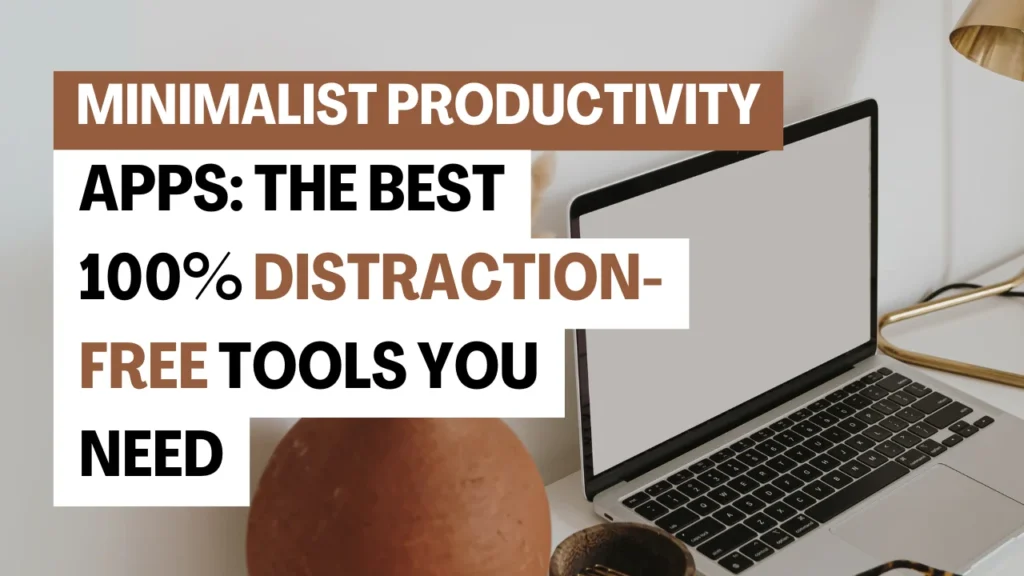
Discover the best minimalist productivity apps to boost your focus and reduce distractions.
In today’s fast-paced digital world, distractions are everywhere. Emails, notifications, and cluttered tools can turn even simple tasks into time-sinks. What if the answer to getting more done lies in using less? Minimalist productivity apps strip away unnecessary features, offering distraction-free tools designed to focus your energy on what truly matters. These apps aren’t just about simplicity—they’re about intentional design that aligns with how your brain works best.
The rise of minimalist productivity apps reflects a shift toward digital minimalism. By reducing visual noise and simplifying workflows, these tools help you cut through the chaos. Imagine finishing tasks faster, staying organized without overwhelm, and reclaiming hours lost to app hopping. The core idea? Less complexity equals more productivity.
In a world where apps often cram in dozens of features, minimalist productivity apps take a different path. Designed to eliminate clutter, they focus solely on what you need to get things done. These tools reject the “more is better” mindset, creating spaces where you can work without distractions.
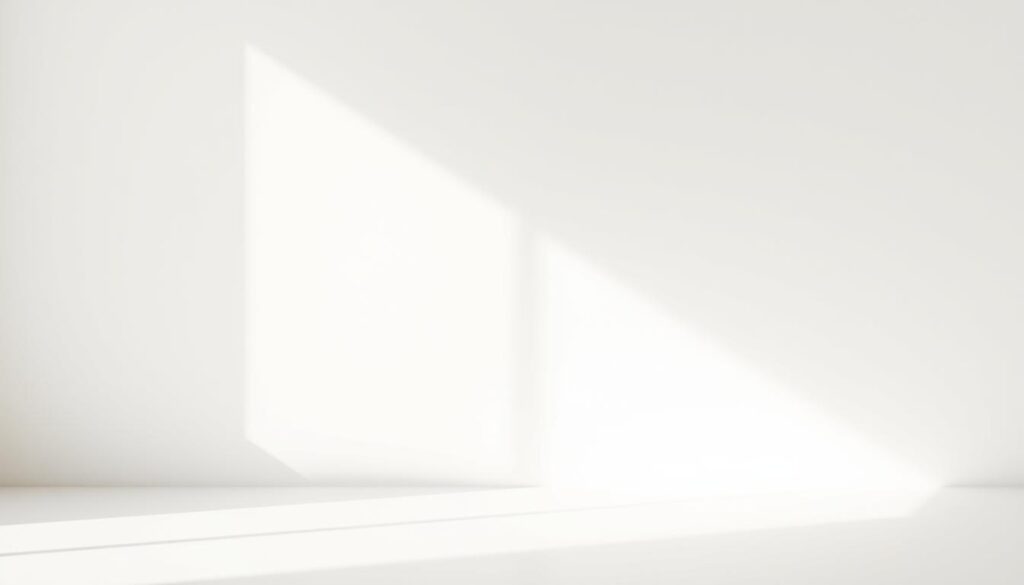
At their core, minimalist productivity apps share key traits:
Research shows cluttered interfaces drain mental energy. Minimalist tools counter this by:
By choosing Minimalist Productivity Apps, you align with a philosophy proven to boost focus. The Best Productivity Apps in this category balance functionality with simplicity, making them ideal for minds that thrive in organized spaces.
When searching for Top Minimalist Apps, three stand out as must-try solutions for streamlining your workflow. These tools blend simplicity with effectiveness, making them part of the Best Productivity Apps for modern users.
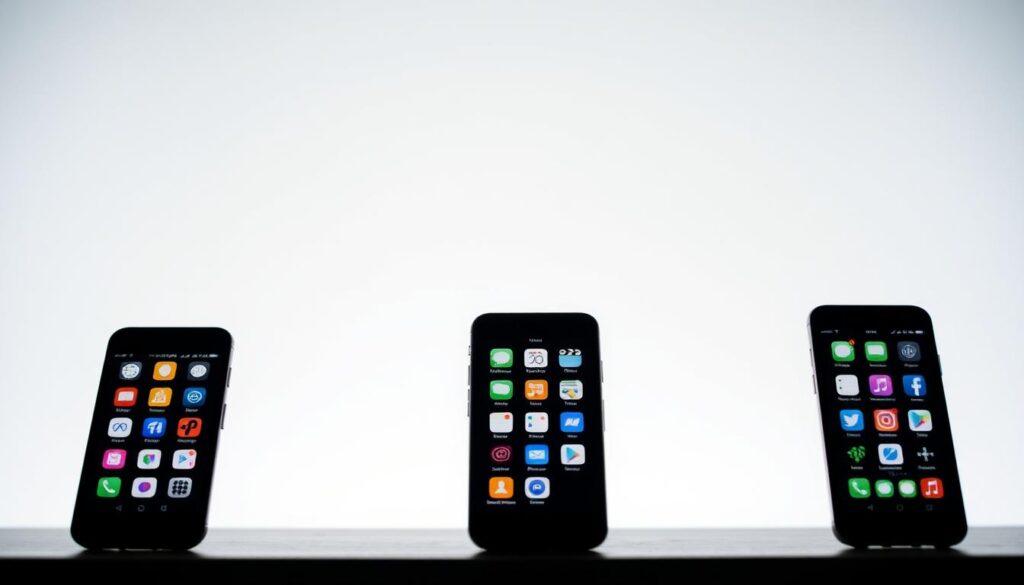
Todoist excels at organizing tasks without clutter. Its natural language input lets you type commands like “Remind me to call Mom tomorrow at 3 PM” directly into the app. A free tier covers basic needs, while premium features like custom views cost $28.80/year. Perfect for solo users needing a no-nonsense task list.
Notion’s flexibility shines in its customizable templates. Turn it into a project hub, personal journal, or team database—without sacrificing clarity. The free plan offers 100GB storage, while paid versions start at $8/month. Ideal for teams wanting one tool to handle multiple workflows.
Trello’s kanban boards turn tasks into drag-and-drop cards. Its clean interface reduces decision fatigue, making it a favorite for remote teams. Free for personal use, with business plans at $12.50/user/month. Great for visual learners and collaborative projects.
| App | Key Feature | Price | Best For |
|---|---|---|---|
| Todoist | Natural language tasks | $28.80/year (premium) | Individual task tracking |
| Notion | Customizable templates | $8/month (team) | Multi-purpose workspaces |
| Trello | Kanban boards | $12.50/user/month | Visual team collaboration |
Distraction-Free Tools and Minimalist Efficiency Tools are designed to sharpen focus by eliminating unnecessary elements. These apps transform how you work, making mental clarity a priority. Let’s explore how they achieve this.
Visual and notification overload drains attention. Distraction-Free Tools simplify interfaces, hiding extra buttons and alerts. For example, apps like Focus@Will block distracting websites, while Freedom customizes your digital environment. A study in Journal of Consumer Research found users who streamlined their screens saw a 23% rise in task completion rates.
“Simplicity isn’t the absence of clutter—it’s the presence of intention.”
Minimalist Efficiency Tools cut decision fatigue. By limiting choices—like PlainText for note-taking without formatting—your brain conserves energy for core tasks. Neuroscientists note that reduced visual noise lowers stress hormones like cortisol, improving sustained concentration. Professionals in fields like marketing and engineering report 30% faster project starts after adopting these tools.
These apps don’t just organize tasks—they reshape how you engage with technology, turning focus into a daily habit.
Choosing the right Minimalist Productivity Apps starts with knowing your habits and budget. Let’s explore how to align tools with your workflow.
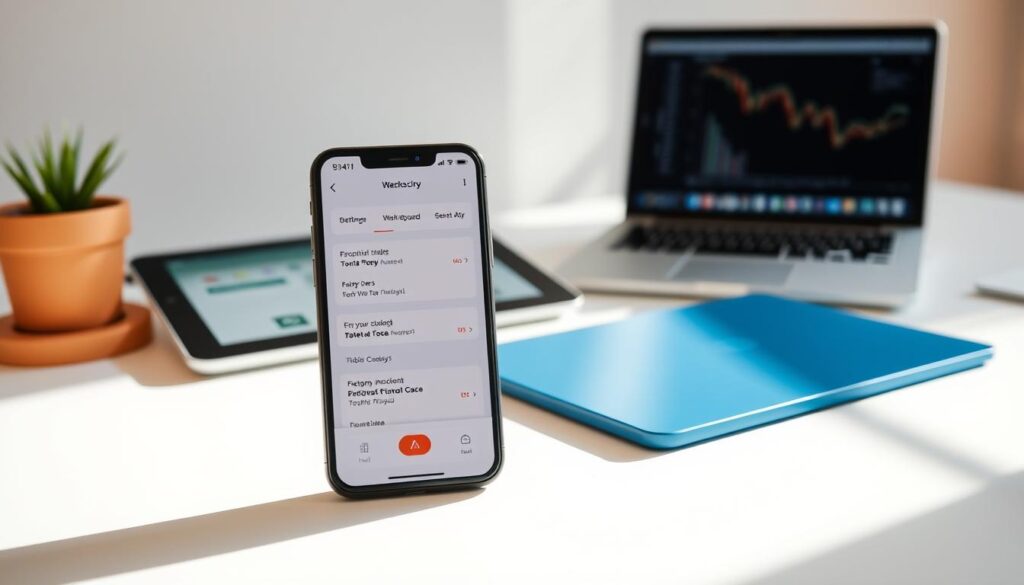
Start by identifying your workflow: Are you a list-maker, visual planner, or team collaborator? Match your style to app features:
Compare pricing models to avoid overspending:
| Pricing Model | How It Works | Best For |
|---|---|---|
| Freemium | Free core features + premium tiers | Budget users (e.g., Todoist’s free tier) |
| Subscription | Monthly/yearly plans for advanced tools | Teams needing pro features (e.g., Notion’s $8/month) |
| One-Time | Pay once for full access | No recurring costs (e.g., Focusly) |
| Free | Limited features, no cost | Casual use (e.g., Google Tasks) |
“Budget choices should support your goals—not limit them.”
Test free versions before upgrading. Minimalist Task Management Apps thrive when they fit your routine and wallet.
Maximizing the potential of Minimalist Efficiency Tools starts with intentional use. These Top Minimalist Apps thrive when paired with clear strategies. Follow these steps to turn simplicity into results.
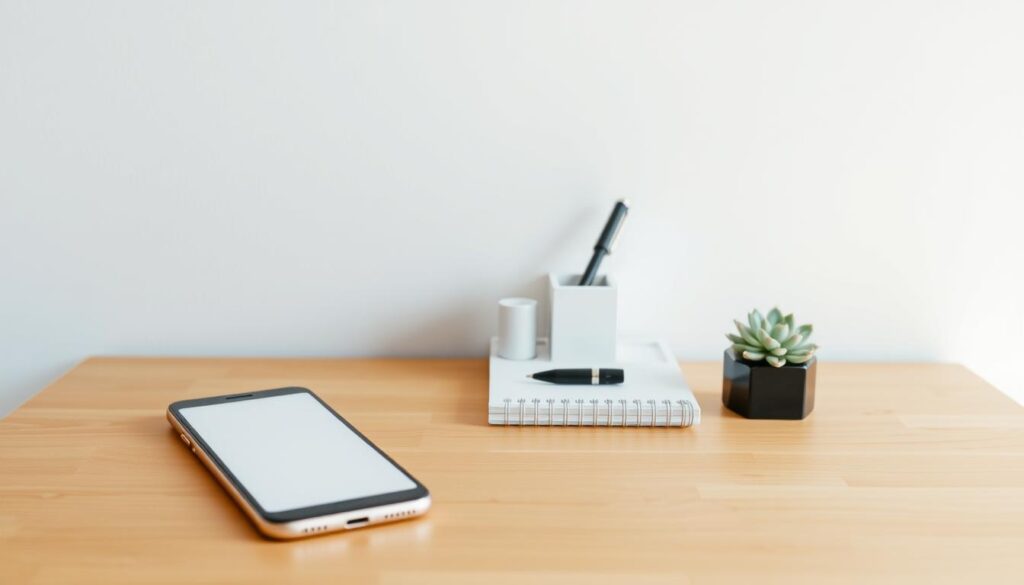
Begin each day by defining 1-3 priorities. Use task breakdown features in apps like Todoist to split large projects into actionable steps. Set deadlines to stay on track. For example:
Build habits around your workflow. Try this daily structure with Minimalist Efficiency Tools:
| Time | Activity | Recommended Tools |
|---|---|---|
| Morning | Review tasks in Trello’s Kanban boards | Trello |
| Evening | Log wins and adjust tomorrow’s plan | Notion |
Avoid overcomplicating systems. Use the “two-minute rule” from David Allen’s Getting Things Done: if a task takes less than two minutes, do it immediately. Pair this with weekly audits in apps like Focus@Will to refine your approach.
Seamlessly blending minimalist tools into your routine starts with ensuring they work everywhere you do. The Best Productivity Apps excel when they sync effortlessly across devices, turning smartphones, laptops, and tablets into extensions of your productivity system. 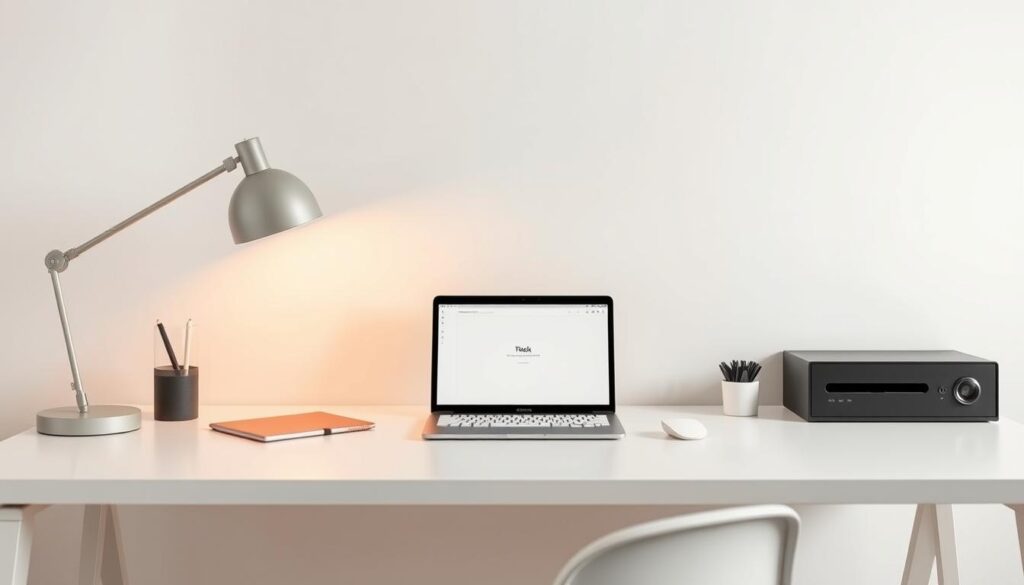
Syncing your data across devices is key. Most Minimalist Task Management Apps offer cloud-based syncing, but setup varies. Follow these steps:
Regularly check sync status to ensure consistency. For example, editing a task on your phone should reflect instantly on your laptop.
Pairing apps strategically boosts efficiency without adding chaos. Connect your task manager to calendar apps like Google Calendar to auto-schedule deadlines. Sync files via Dropbox or OneDrive for easy access. Prioritize integrations that align with your workflow—like linking time-tracking tools to analyze productivity patterns. Avoid overcomplicating by adding unnecessary connections.
Test integrations gradually. Start with one tool at a time to avoid clutter. For instance, link your calendar first, then add a note-taking app next week. This phased approach keeps your system streamlined.
Mobile access transforms how you stay productive. With Distraction-Free Tools optimized for smartphones, Minimalist Productivity Apps let you tackle tasks anytime, anywhere. Imagine capturing ideas during a commute or updating plans during a lunch break—all without clutter.
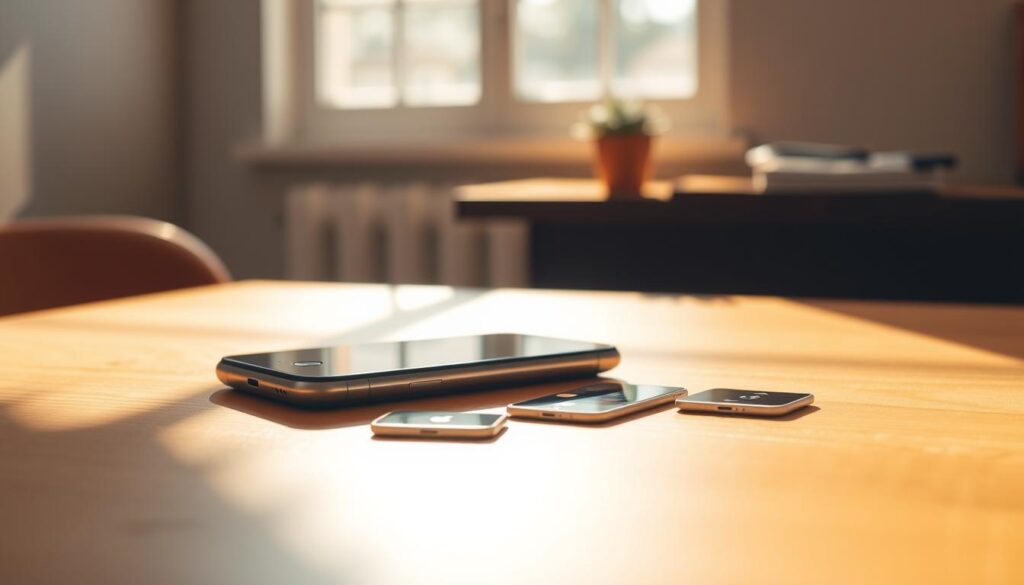
Mobile apps turn downtime into productive moments. Quick task updates, real-time notifications, and offline functionality ensure you never miss deadlines. Studies show users who leverage mobile tools save 2-3 hours weekly by capitalizing on short breaks.
Choose apps designed for small screens without sacrificing functionality. Top picks include:
Pair these tools with smart habits: set specific app usage times and disable non-essential notifications. Balancing accessibility with intentional use keeps productivity from becoming intrusive.
Real-world examples show how Minimalist Efficiency Tools turn productivity struggles into wins. See how professionals across industries used simplicity to achieve measurable results.
A UX designer at a tech firm slashed email overload by 60% with Notion’s task boards. “The clutter vanished, and focus soared,” they said. A remote team of writers used Todoist to cut daily check-ins, saving 5 hours weekly. Entrepreneurs like Laura, a startup founder, streamlined client onboarding with Trello, boosting project completion rates by 35%. These users prove Best Productivity Apps deliver when paired with intentional use.
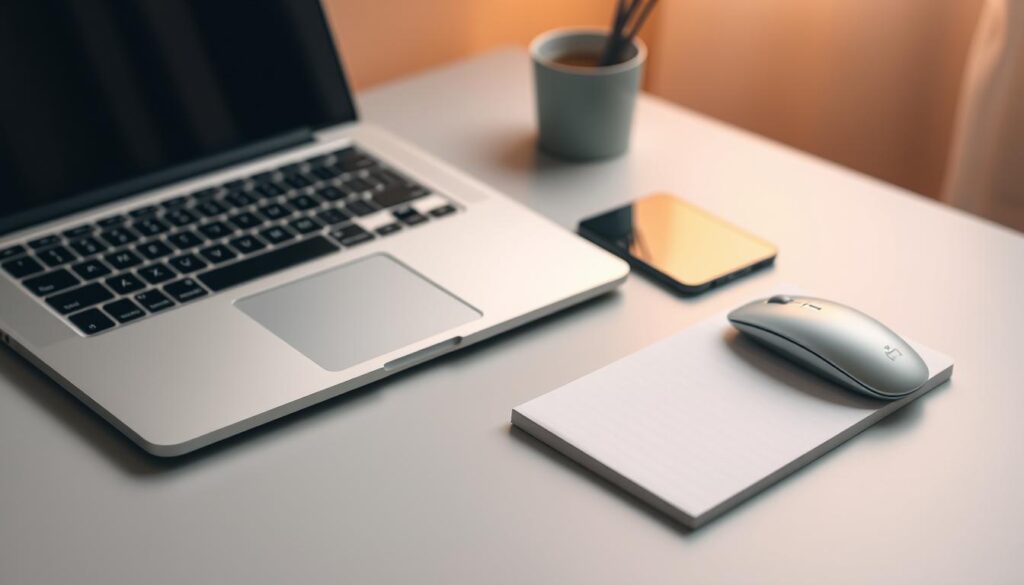
One developer shared: “I feared losing features, but focusing on core functions with Minimalist Efficiency Tools boosted my output by 20%.” Adaptation often requires patience but pays off in clarity and speed.
Pairing Top Minimalist Apps with complementary tools can enhance focus without sacrificing simplicity. The goal is to build a streamlined system where every addition serves a clear purpose without overwhelming your workflow.
Effective additions often fall into these categories:
Follow these steps to avoid clutter:
| Scenario | Core App | Complementary Tool | Benefit |
|---|---|---|---|
| Content creation | FocusWriter | Canva | Designs linked without switching workflows |
| Team projects | Notion | Zoom | Meeting notes auto-saved in project databases |
| Task tracking | Todoist | Google Calendar | Deadlines sync across platforms |
Aim for an ecosystem where each tool shares data but doesn’t demand extra steps. This keeps your setup both powerful and simple.
Popular myths often discourage users from adopting Minimalist Task Management Apps. Let’s clarify what these tools truly offer and how they work.
| Misconception | Reality |
|---|---|
| Minimalist apps lack advanced features | Tools like Notion hide powerful functions behind clean interfaces |
| Only for simple tasks | Todoist manages complex projects through smart categorization |
| Only for certain personalities | Users of all work styles benefit from reduced distractions |
These apps aren’t about cutting features—they eliminate unnecessary ones. Trello’s card system, for example, simplifies tracking even large projects. Custom fields and power-ups add depth without clutter.
Minimalism isn’t a trend—it’s a proven method to boost focus and output. Try these tools to see how simplicity can enhance your productivity.
As Minimalist Productivity Apps evolve, developers are balancing simplicity with adaptability. Two key trends shaping the next generation of tools involve customization and artificial intelligence. These changes aim to keep interfaces clean while expanding their usefulness.
“The future belongs to apps that adapt to users—not the other way around.” — Tech Analyst, Gartner Report 2024
| Current Features | Future Enhancements |
|---|---|
| Static task lists | AI-driven priority sorting |
| Manual setup | Auto-configured workflows |
| Basic analytics | AI insights for habit tracking |
Apps like Best Productivity Apps are testing adaptive interfaces that grow with user needs. Expect 2024 updates from Todoist and Trello to include AI-powered task delegation. These upgrades keep tools simple yet powerful for modern workflows.
Choosing the right Minimalist Productivity Apps starts with understanding your unique workflow. Prioritize tools that match how you naturally work rather than chasing the latest trends. Apps like Todoist, Notion, and Trello succeed because they adapt to individual needs without forcing unnecessary complexity.
Focus on apps that eliminate clutter without sacrificing functionality. Look for Distraction-Free Tools that simplify tasks like task lists, project boards, or note-taking. Budget and integration options matter—compare free versions and paid features to avoid overspending.
Begin with one app to organize emails or daily tasks. Start small: set up a Todoist list or outline a Trello board. Over time, add more tools as needed. Adjust settings to reduce notifications and focus on core features. Remember, progress comes from consistent use, not perfection.
Minimalist productivity isn’t about instant results—it’s a habit. Try Notion for project planning this week, or use Trello to track goals. Every step reduces overwhelm and builds clarity. Explore free trials, watch tutorials, and tweak settings until the app feels intuitive. Your focus and efficiency will grow as you refine your system. Begin today with one change, and watch your workflow evolve.
Minimalist productivity apps are tools designed to enhance your efficiency by providing a simplified interface and reduced feature set. They focus on essential tasks and allow you to manage your work without distractions, making them ideal for those looking to optimize their productivity.
Minimalist apps help reduce distractions by stripping away unnecessary features and notifications. This creates a focused environment that allows you to concentrate on important tasks, minimizing digital clutter which often leads to increased stress and decreased productivity.
The benefits include enhanced focus, reduced cognitive load, decreased decision fatigue, and improved task management. These apps help you work more efficiently by allowing you to prioritize essential functions and eliminate visual noise.
Yes, many minimalist productivity apps are designed to manage complex projects while maintaining a simple interface. They often include advanced features subtly integrated into their design, allowing you to handle intricate tasks without overwhelming you with options.
Some of the best minimalist productivity apps in 2023 include Todoist for task management, Notion for versatile project organization, and Trello for visual project management. Each of these tools provides effective ways to streamline your workflow while keeping distractions at bay.
To choose the right minimalist app, assess your productivity style and consider what features are essential for your workflow. Evaluate your budget and whether a subscription or one-time purchase fits your needs, and ensure the app complements your work habits rather than complicating them.
Yes, setting clear goals and establishing a routine are important strategies for using minimalist apps effectively. Break down tasks into smaller steps, regularly review your progress, and create consistent habits around app usage to maximize their benefits.
You can integrate minimalist apps into your existing workflow by synchronizing them across devices and using third-party integrations. Look for cloud-based solutions that allow seamless access and connectivity with other essential tools you already use.
Future trends in minimalist productivity apps include increased customization options that balance simplicity with personalization, as well as enhanced AI features that help automate tasks and streamline your workflow without overwhelming you with complexity.
Common misconceptions include the belief that minimalist apps are only suitable for simple tasks or specific personality types. In reality, they can be powerful tools for managing complex projects and workflows, providing essential functionality while promoting a streamlined approach.